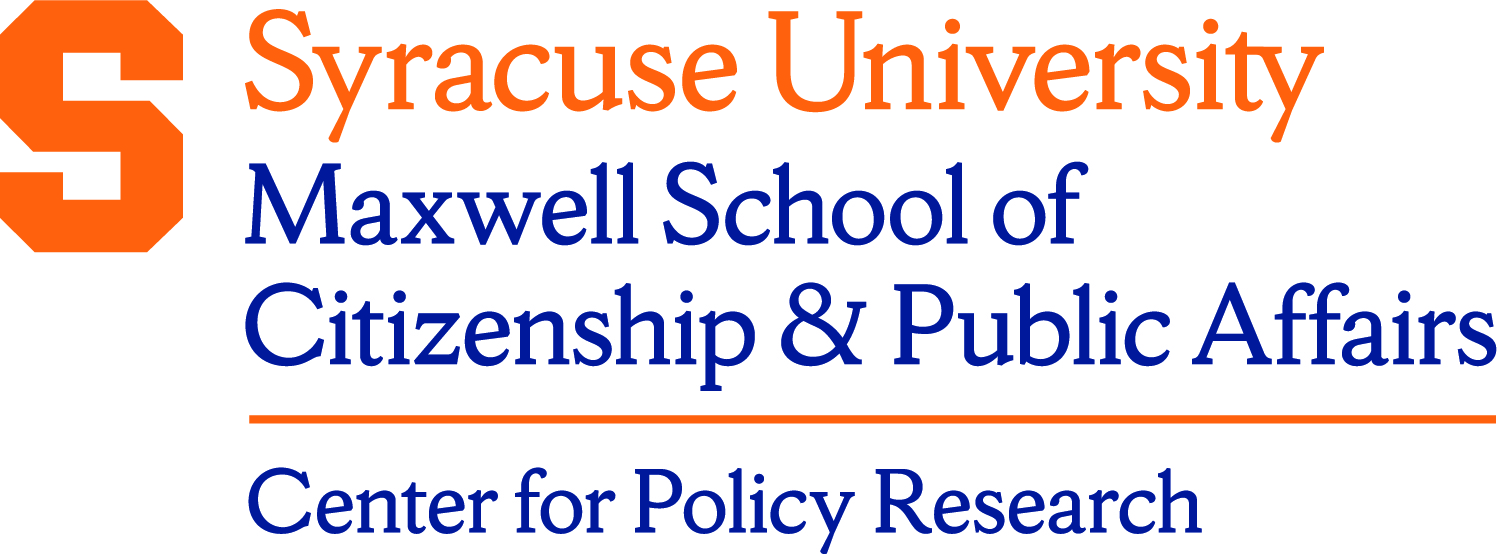Description/Abstract
We consider a heterogeneous social interaction model where agents interact with peers within their own network but also interact with agents across other (non-peer) networks. To address potential endogeneity in the networks, we assume that each network has a central planner who makes strategic network decisions based on observable and unobservable characteristics of the peers in her charge. The model forms a simultaneous equation system that can be estimated by Quasi-Maximum Likelihood. We apply a restricted version of our model to data on National Basketball Association games, where agents are players, networks are individual teams organized by coaches, and competition is head-to-head. That is, at any time a player only interacts with two networks: their team and the opposing team. We find significant positive within-team peer-effects and both negative and positive opposing-team competitor-effects in NBA games. The former are interpretable as “team chemistries" which enhance the individual performances of players on the same team. The latter are interpretable as “team rivalries," which can either enhance or diminish the individual performance of opposing players.
Document Type
Working Paper
Date
3-2020
Keywords
Spatial Analysis, Peer Effects, Endogeneity, Machine Learning
Language
English
Series
Working Papers Series
Disciplines
Economic Policy | Economics | Public Affairs, Public Policy and Public Administration
ISSN
1525-3066
Recommended Citation
Horrace, William C.; Jung, Hyunseok; and Sanders, Shane, "Network Competition and Team Chemistry in the NBA" (2020). Center for Policy Research. 258.
https://surface.syr.edu/cpr/258
Source
Local input
Creative Commons License

This work is licensed under a Creative Commons Attribution 4.0 International License.




Additional Information
Working paper no. 226